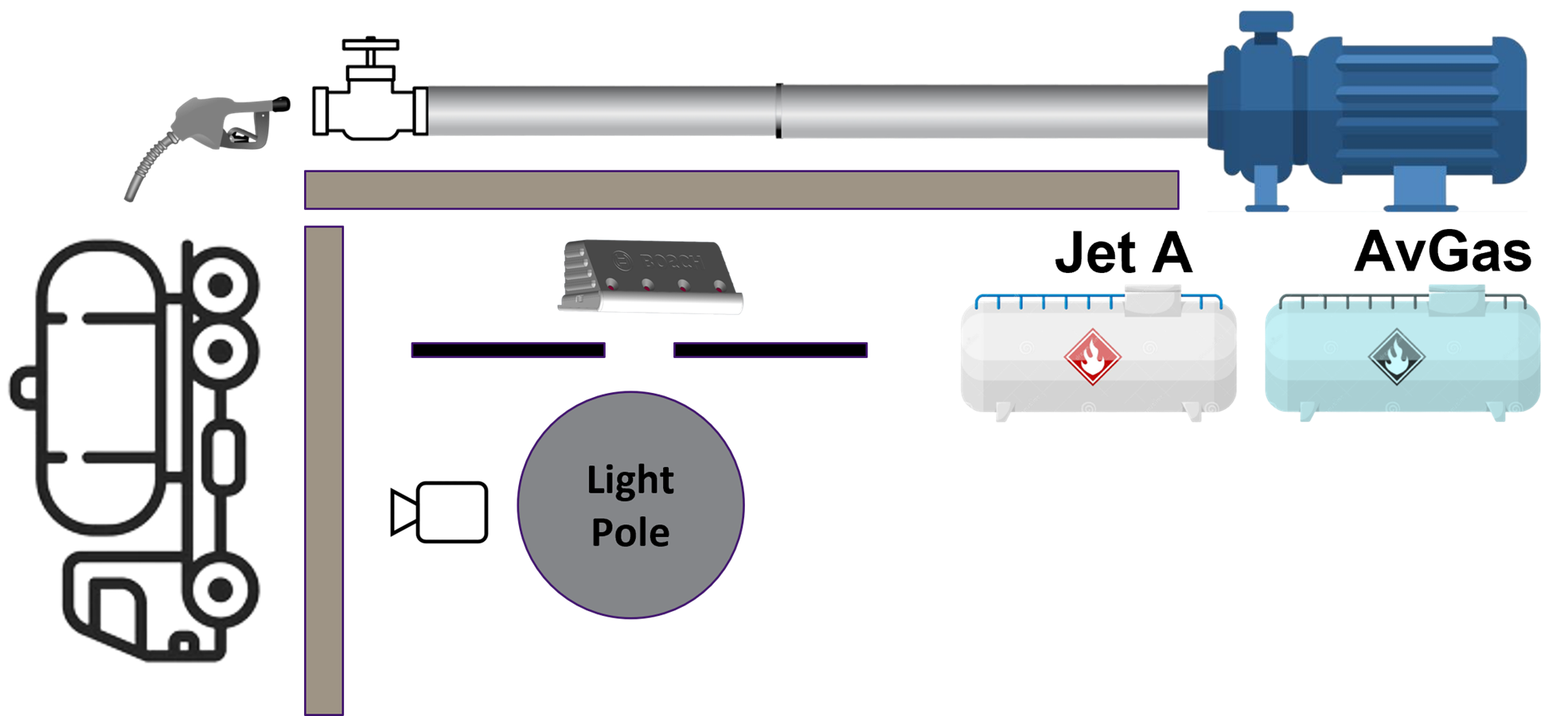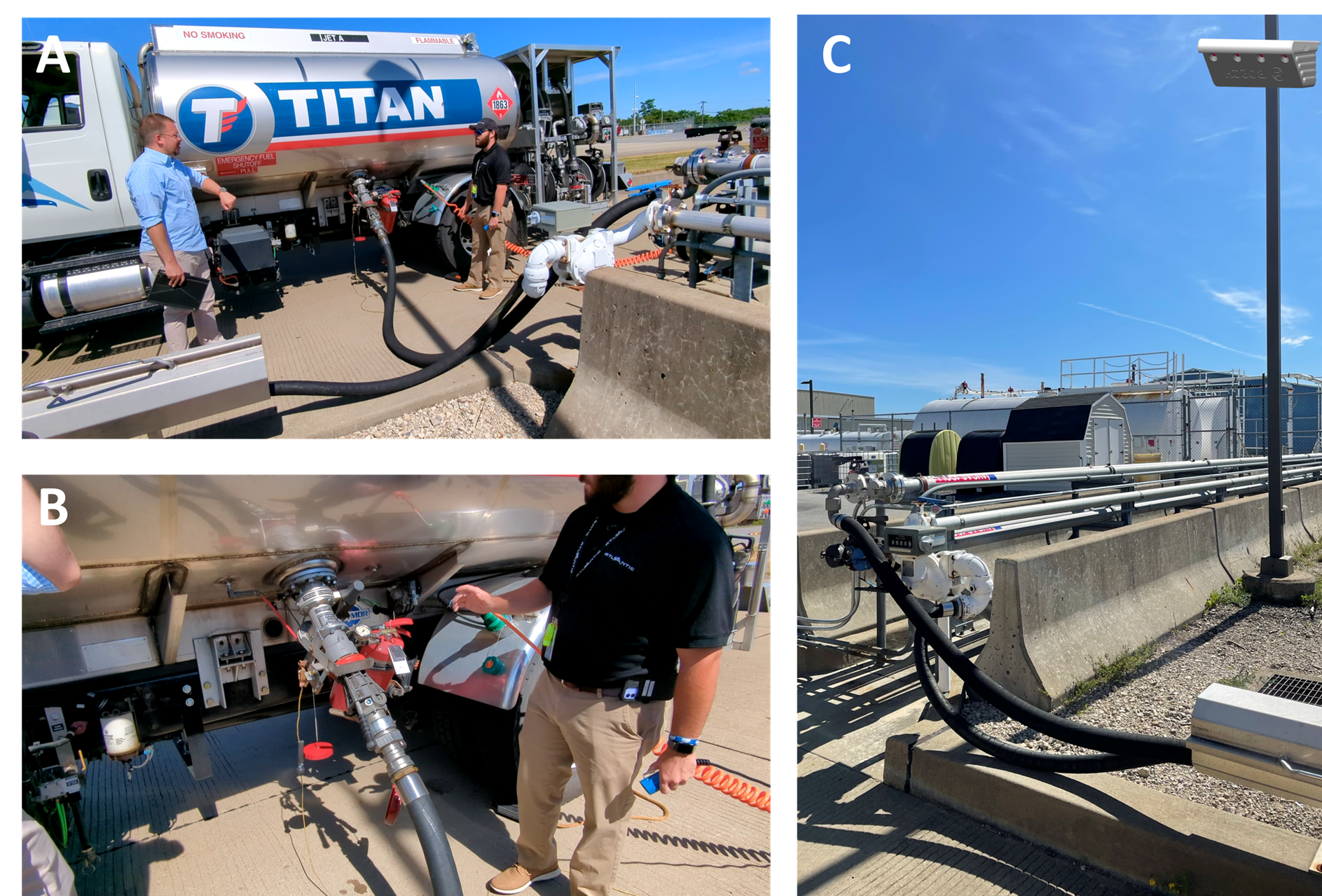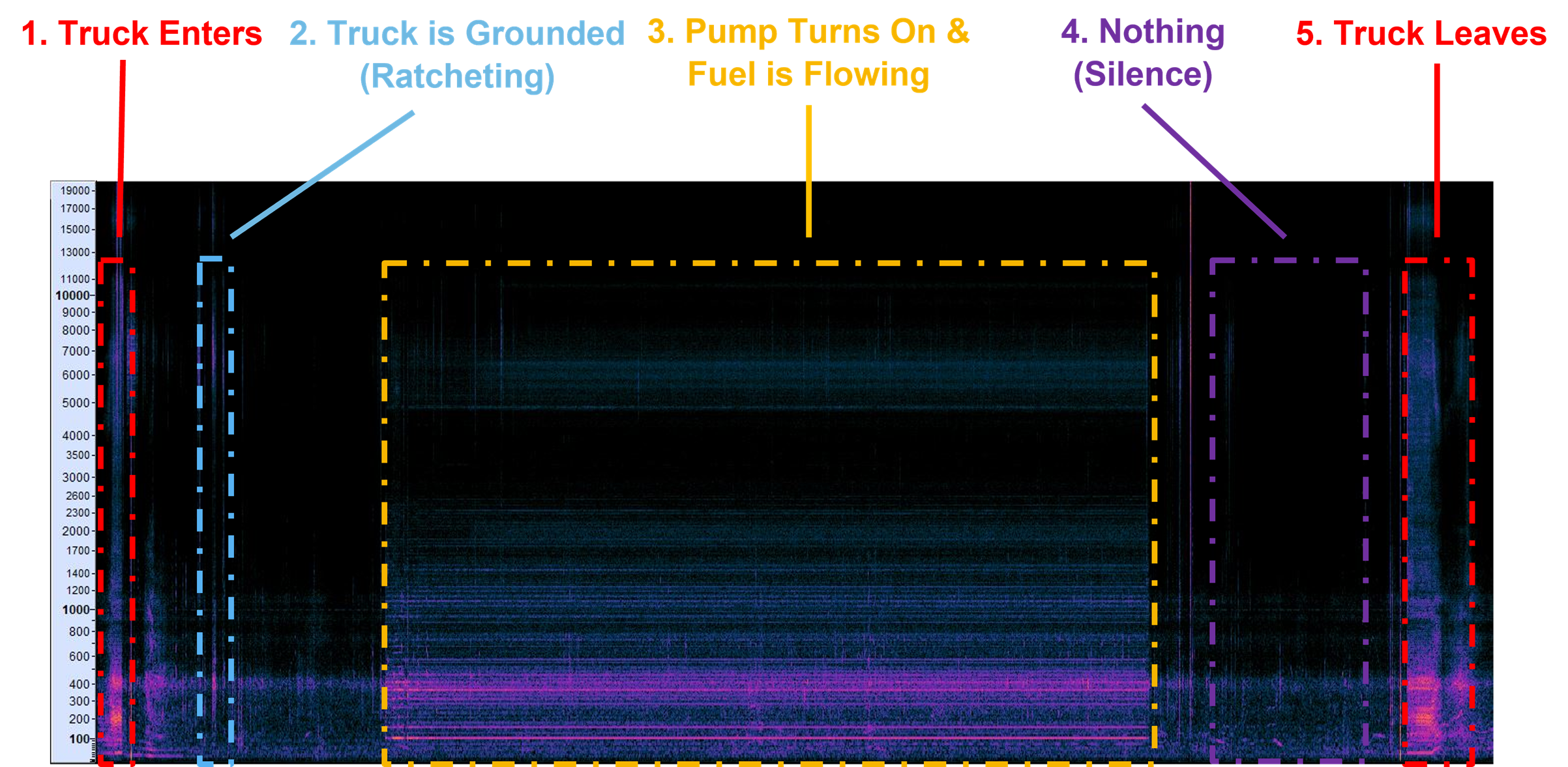The success of deep-learning solutions in real-world applications is highly related to the quality of data in performing the tasks they are designed for. When it comes to training and evaluating deep-learning systems, acquiring varied and large quantities of labeled data is necessary to train the system effectively, and evaluate its performance under a variety of conditions.
At the same time, making sense of sounds is one of the growing topics in the Artificial Intelligence (AI) community. In several AI pipelines, specifically deep-learning-based ones, having access to large amount of labeled data is key to successfully tackling the task at hand. However, audio data collection and annotation are much more challenging compared to other domains such as vision, text etc.
In this work, we deploy an audio data collection and labeling scheme to overcome some of these challenges, while also designing and implementing a novel audio classification model to detect refueling operations and remotely sense the quantity of fuel dispensed during operation in a high-noise environment such as an airport. We propose a microphone array data collection setup and deploy the advancements in the acoustic machine learning domain to detect distinct and unique acoustic cues.
Presented with a unique problem at the Allegheny County Airport Authority in which they operate a shared-use fueling depot, however did not own the rights to the equipment located on their property, therefore unable to install a meter or gauge to measure the fuel exiting the fuel depot by the various companies utilizing the shared depot, and relying on rough estimates and an honor system which consistently lead to discrepancies, we were asked to develop a technology that would be able to accurately estimate the amount of fuel dispensed per use of the fuel depot without infringing or adding on to the already existing equipment.
My 10 week journey took 137 hours and culminated in 7 on-site interviews with Apple, Microsoft, Cloudflare, Mandiant, Stripe, Tinder and GE Labs,
leading to offers from all but Stripe. Plus one additional offer from Amazon based on a summer internship. I was rejected from 6 teams (mostly due to Leetcode screens), never heard back from 5, and withdrew from 18 due to poor fit, no remote work, or not enough time. Figure 1 summarizes my job hunt journey with each company, along with the outcome.


